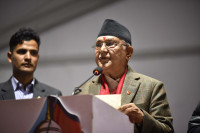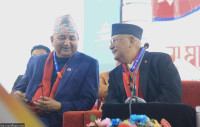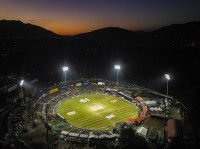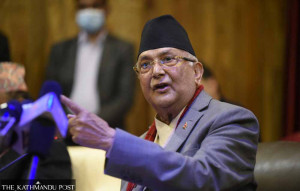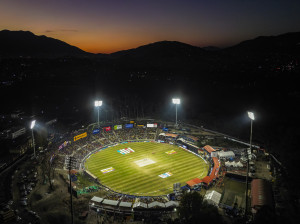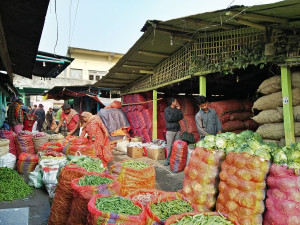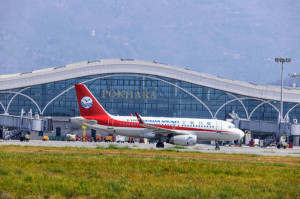Editorial
Road to destruction
We cannot hand over our fragile hills and mountains to contractors and bulldozer drivers.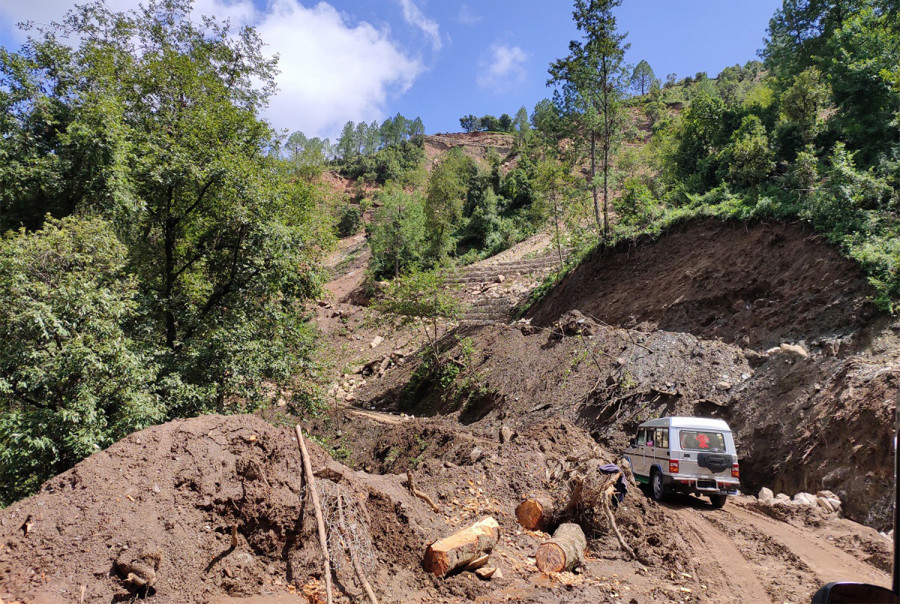
Haphazard road-building in Nepal’s mountainous and hilly regions, some of which criss-crossing national parks and protected areas, is causing irreparable damage to the communities and the environment. Landslides triggered by gully erosion and unengineered slopes have killed people and swept properties and infrastructure. In the past few years, the frequency of these hazards has increased and exposed people to unpredictable risks. Still, local governments continue to disregard engineering and environmental principles in the race to connect towns and villages, including in remote and pristine areas, where scientists have warned that a slight disturbance in the ecosystem could cause disastrous events.
The leadership across the three tiers of government cannot ignore these enormous socio-economic and environmental costs while pushing for prosperity, especially when the rate of extreme natural events is accelerating of late. There is little doubt that roads are essential for development, but they shouldn’t lead us to destruction. Line ministries, donor and bilateral agencies and contractors should work with local governments and communities to ensure that the roads are built safely and do not pose any risks to the community or the environment. It is imperative that our development ambitions are guided by policies which are backed by science.
Nepal has a diverse terrain to start with, its mountainous and hilly regions too vulnerable to climate events. The landscape, ranging from alpine to the subtropical regions, attracts thousands of tourists, and is also home to indigenous people and rare flora and fauna, and serves as an essential ecological corridor across the Himalayan belt. We have invested decades of conservation efforts to safeguard this pristine landscape, where heavy machines like excavators, loaders and bulldozers are now a common sight. And now when conservation matters more than ever, we need to reconsider how our development ambitions can strike a balance with the environment.
Across the country, roads have been dug in all directions, trees have been axed with little concern for the resulting geological conditions and the laws governing the construction of auxiliary roads are openly flouted. While these avoidable blunders have increased future hazards, the road-building drive also remains a top-down measure with little policy debate on how land-use will impact the people and their culture, or the environment which sustains those populations and wildlife. We need an urgent intervention to stop this haphazard road-building spree that ignores concerns to mitigate future disasters and burdens.
This course correction is indispensable, given the pace at which road construction has been carried out in the past few years and as the country plans road and rail infrastructure to improve north-south connectivity. We cannot hand over our fragile hills and mountains to contractors and bulldozer drivers who have no clue of the significant damages that their irresponsible actions can cause. Besides, we also need to learn from past mistakes, where haphazard road construction has ruined one of the world’s prized trekking destinations in the Annapurna Conservation Area.
Road construction is vital to ensure connectivity and rural development but not at the cost of human lives and the environment. Already, we have a challenge of resettling hundreds of people to safe locations, and if we continue to bulldoze scientific guidelines, our challenges will only grow bigger.
***
What do you think?
Dear reader, we’d like to hear from you. We regularly publish letters to the editor on contemporary issues or direct responses to something the Post has recently published. Please send your letters to [email protected] with "Letter to the Editor" in the subject line. Please include your name, location, and a contact address so one of our editors can reach out to you.




 7.12°C Kathmandu
7.12°C Kathmandu